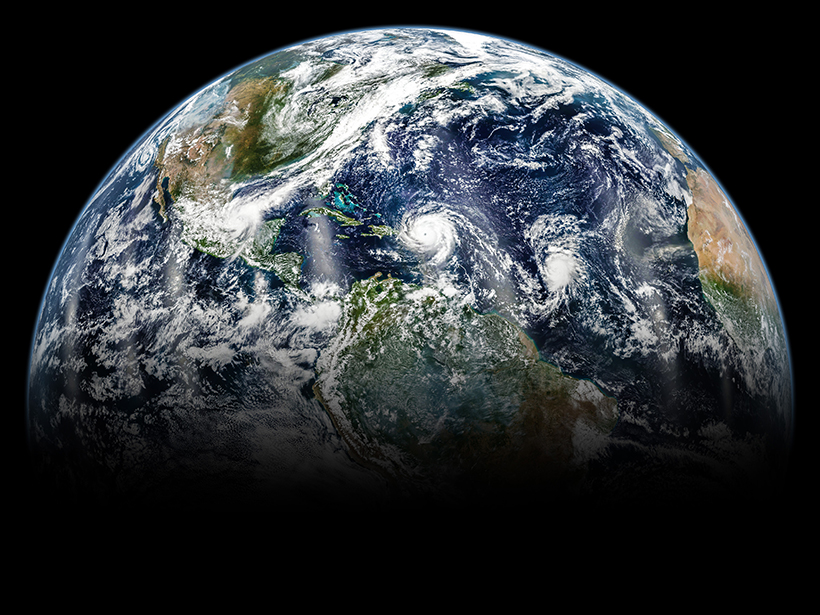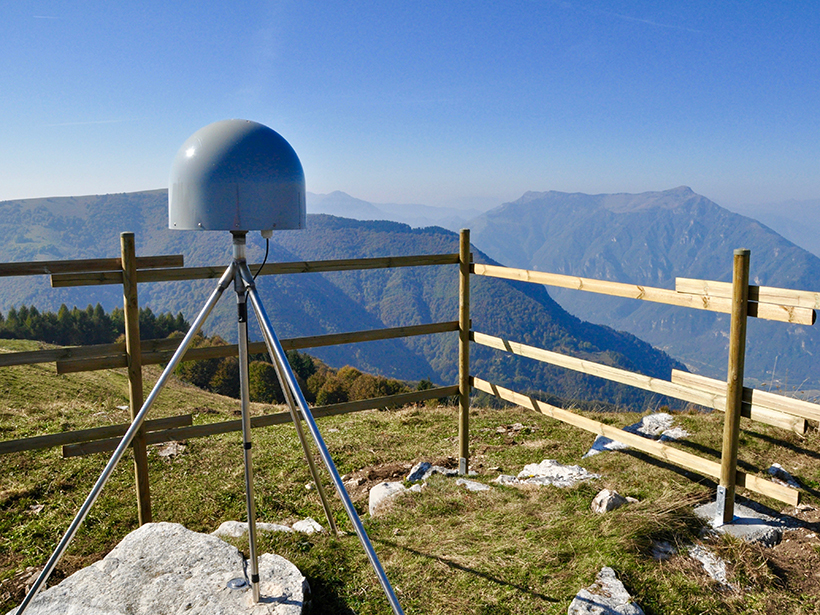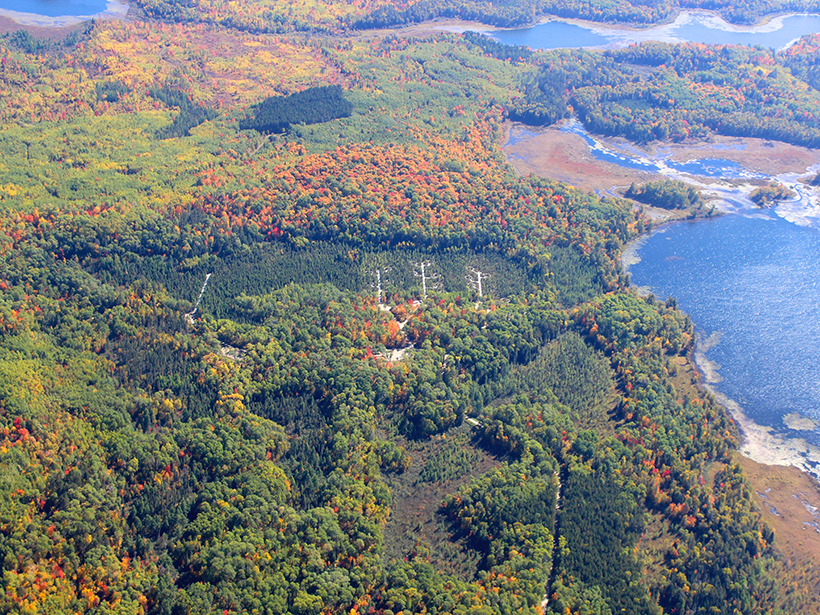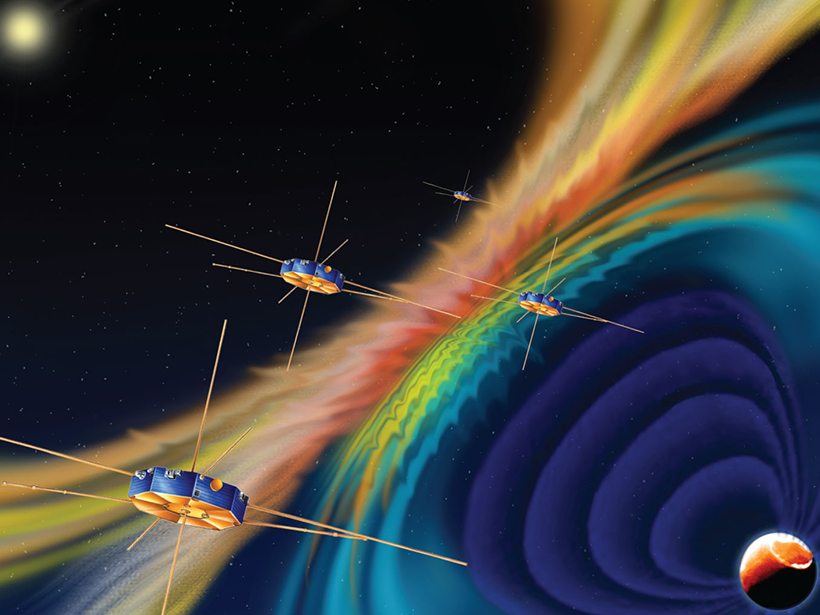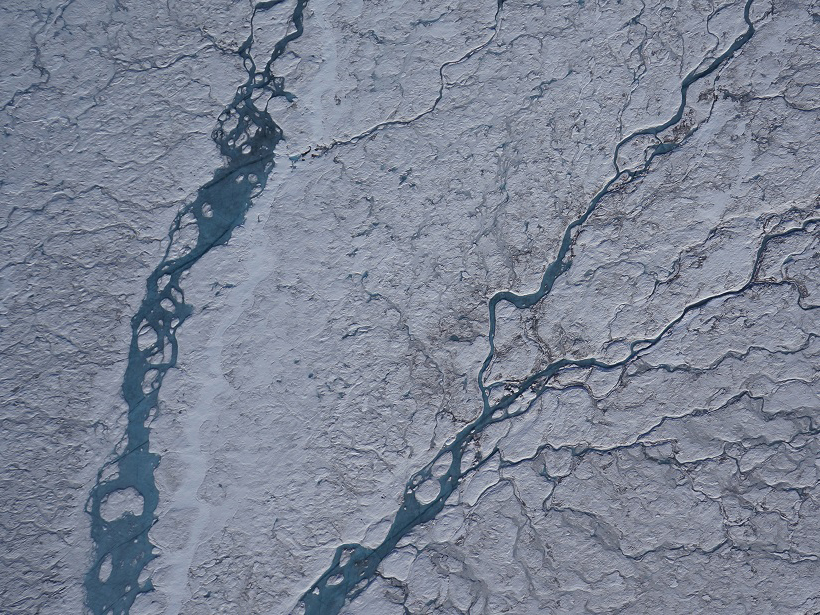The planet is heating up, but uncertainty still exists about how temperatures will change in specific regions. A new study examines sources of uncertainty in the meridional pattern of warming.
David Shultz
New Real-Time Model May Protect Astronauts from Space Radiation
Solar energetic particle events pose an acute risk to space travelers outside the protection of Earth’s magnetic field. A new initiative aims to quantify the danger.
Satellite Observations Validate Stratosphere Temperature Models
Since the 1970s, the stratosphere has cooled as ozone levels dropped and carbon dioxide levels increased. Chemical models of the temperature decline conflicted with satellite observations—until now.
Karst Groundwater Contributes to Deformation in Eastern Alps
GPS data show compression and extension strains in the region resulting from changes in aquifer water levels.
Depth Matters in Peat Bog Nutrient Cycling
Peatlands store around a third of Earth’s soil carbon, and a new study begins to reveal how the ecosystems’ organic matter changes with depth.
Increasing Radiation Levels May Challenge Space Exploration
New research shows that solar radiation levels are growing 10% faster than previously believed and that the radiation environment in space will worsen with time.
Scientists Create Catalog of Altotiberina Fault in Italy
More than 37,000 small earthquakes paint a picture of the fault’s behavior and seismic potential.
Jets of Ionospheric Cold Plasma Discovered at the Magnetopause
The lower-energy particles may play a larger role in magnetic reconnection than previously believed, influencing space weather near Earth.
On-the-Ground Measurements Overestimate Earth’s Albedo
Weather stations can be used to calibrate and validate albedo measurements from satellites, but they fail to account for variability across landscapes, overestimating how reflective our planet is.
Carbon Dioxide Frost May Keep Martian Soil Dusty
Temperature readings acquired from orbit show that Mars's surface gets cold enough at night to allow layers of solid carbon dioxide frost up to several hundred micrometers thick to build up near the equator.

